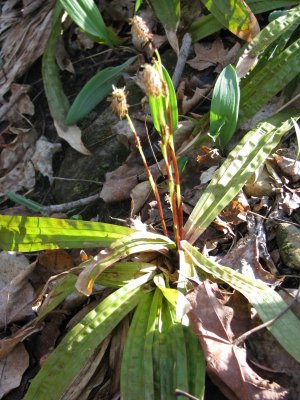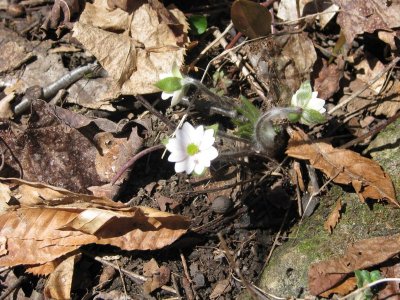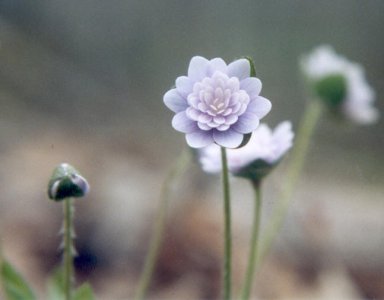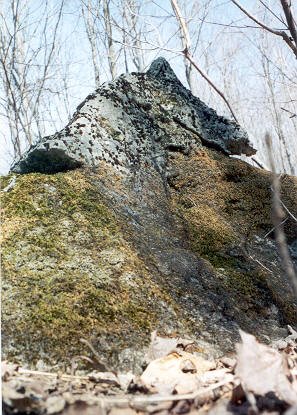There has not been a huge reaction to this thread but that is hardly surprise as there cant be too many 'seniors' with forested lands they are caring for, I most certainly will be much less active back in the bush in my remaining years. I imagine many of the limited number of rural folks who own woodlands retire into the citys in their latter years, I for one will stay out here where I can enjoy the variety of wild life to be seen once spring arrives.
My wife & I are on 8.5 acres in mountain country. Mostly-sloping land, with our homesite & gardens on a fairly flat ancient sand bench, and remaining mixed-conifer stands upslope to the west, and also downslope to the north. Doug fir, red cedar, spruce, and larch mostly... a bit of Douglas maple. I stopped even minimal logging in the stands for firewood, to preserve desired functions
: the trees provide us in the west with a windbreak, and in the north some privacy. In our clearing, outside of gardens, fruit trees, and some lawn, we've allowed shrubs, leafies/flowers, and grasses to continue (both native & naturalized).
It's challenging to keep up with house & outbuilding maintenance, fencing (for deer & bears), food-garden health & productivity, small-engine mechanics, and all else. We have some neighbors and friends we can exchange energy with, and have had a
slim parade of helpers who like us and who work here (like one person one day per week, spring through fall) for a reasonable wage. But most of our helpers have not owned property, and understandably they usually need to move on to try to establish themselves someplace.
RK, I can visualize your land & lifestyle. I feel I know the challenges you're dealing with.





